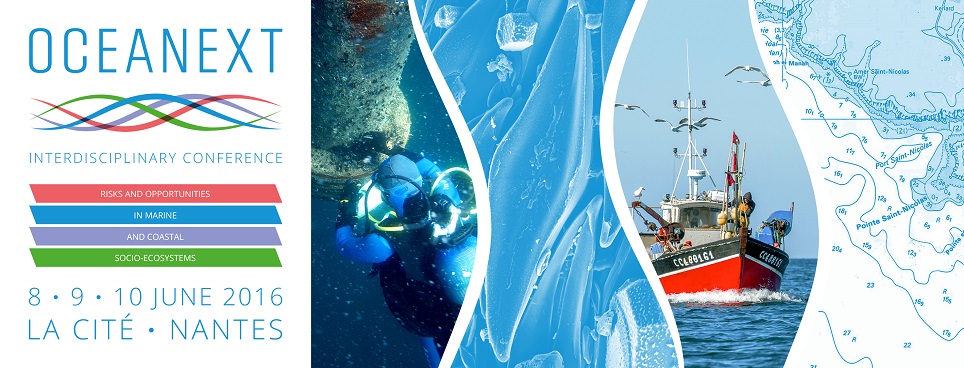The PHYCOVER project offers to improve urban wastewater treatment. The project aims to develop an integrated treatment process for the production of biogas, together with nitrogen (N) and phosphorus (P) recycling through the production of valuable microalgae: Tisochrysis lutea for aquaculture feed and Nannochloropsis gaditana for lipid production.
Therefore, the nutritional capacity of four anaerobic digestion effluents (digestates) has been assessed on microalgae cultures yields and productivity with a particular attention to N and P inputs. The first step consisted in assessing the dilution range of digestates to optimize microalgae growth. The experiment has been performed with a standardized N/P ratio. This approach allowed testing the “matrix effect” of digestates, regardless of N and P relative availability. Results showed that the two species grew well on all digestate sources. However, T. lutea demonstrated reduced growth performances under high concentrations of digestates, while N. gaditana did not. The second experiment was designed to assess both N and P removal yield and microalgae productivity. Results highlighted differences in productivity between microalgae/digestates pairing, pointing out specific needs for the two species and differential inhibition effects of digestates.
These results may reveal differences in microalgae ability to cope with the matrix of digestate and nutrients uptake. Present research brings out the potential of anaerobic digestate to couple eutrophication nutrients removal and recycling, as well as by-products valorization for green chemistry and aquaculture industry.
- Autre

 PDF version
PDF version
